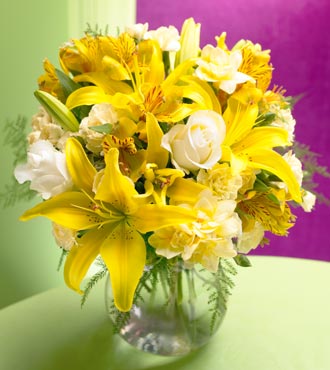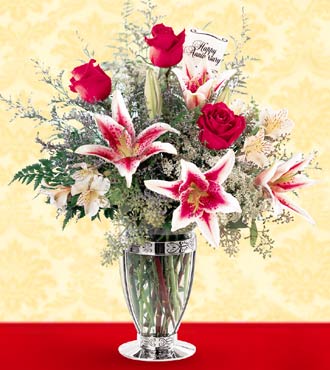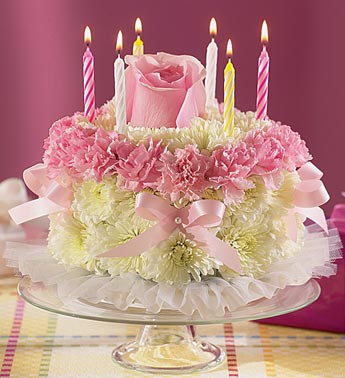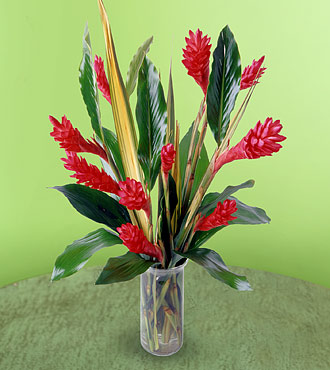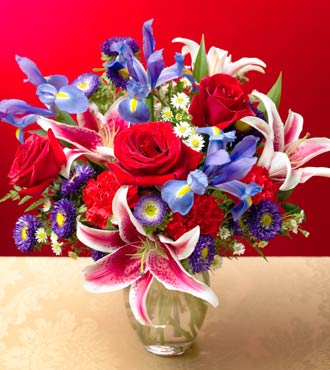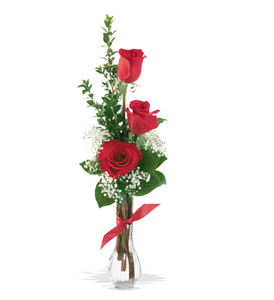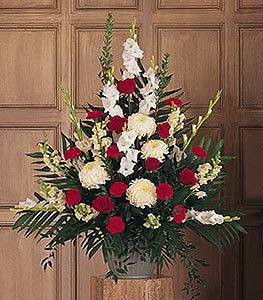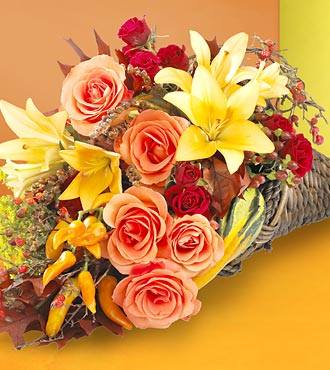|
|||||||||||||
|
Blossom Floristís Flower Delivery in Indiana is the greatest. Our Indiana Flower Shops offer flower delivery in Indiana with a 100% satisfaction guarantee. Our goal is to send only fresh flowers to Indiana with our professional and caring staff that is always available to serve your needs.
|
|
Indiana Click here to Send Flowers to Indiana Today |
||
|
Evansville, IN Fort, IN |
Gary, IN Indianapolis, IN |
|
|
Our General State History and Information
The land which has become the state of Indiana, was once occupied by paleoindians 10-12 thousand years ago. Historic American Indian tribes also lived on this land, inspiring the state's name - Indiana, the land of Indians.
Settlers from the British colonies on the American east coast began migrating west in the mid 1700s, seeking farmland. The American Revolution and the formation of the United States of America brought more demand for the lands of the west. Early Indiana settlers had a great concern to preserve religious freedom, and many denominations have been cultivated here and contribute much to the makeup of Indiana life. Today, over 7000 churches can be identified serving about half of the current population. Residents from even all walks of life have preserved their history and traditions through museums, libraries, archives, and publications. There are currently over 370 museums in Indiana which focus on a variety of subjects. There are more than 2,900 libraries throughout the schools, public, academic, institutional, and specialized. In the early twentieth century, Indiana received more Carnegie Libraries than any other state, totaling 164. Indiana has also had it's share of successful writers. Studies have determined that the best-selling fiction by Indiana authors is ranked second only to New York authors in the period of 1895 to 1965. Indianaís natural heritage has benefited from private and public attention over the years. In 1916, Indiana began its state park system under Richard Lieber, who became a leader in the national conservation movement. Indiana has 12 state forests, 9 reservoirs, 151 nature preserves, and 18 fish and wildlife areas to preserve its natural heritage. Private organizations help to preserve many natural areas in Indiana. There are 4 national areas designated for their special importance. Such areas are also important for recreation for Hoosiers and tourists. Our Historic Figure Thomas Riley Marshall - Former Vice President of the United States 1854-1925: Born in North Manchester, Indiana. He was a lawyer in Columbia City, Indiana and the Democratic governor of the state from 1909 to 1913. He was the sponsor of labor and social legislation before becoming Vice President to Woodrow Wilson in 1913 and serving until 1921. His most notable quote was "What this country needs is a really good five-cent cigar".
Our Historic Figure Thomas Riley Marshall - Former Vice President of the United States 1947-Present: Born in Indianapolis. James graduated from DePauw University in 1969 and served in the Indiana National Guard from 1969 to 1975. He was the son of an important Indiana publishing family and graduated from Indiana University in 1974. In 1976 he was elected to the U.S. House of Representatives as a conservative Republican. In 1980 he was elected to the Senate, defeating three-term incumbent Birch Bayh, and was reelected in 1986. In 1989 he was elected to the office of Vice President of the United States and served until 1993. |
||
Birthday |
Valentine's Day |
Christmas |
Mother's Day |
Father's Day |
We specialize in wedding | New Baby and Symphaty / funeral flowers.
Link Page
We specialize in wedding | New Baby and Symphaty / funeral flowers.
Link Page

